The new and innovative course
DIGITAL DENTISTRY APPROACH
The course is divided in 4 meetings of 3 days each; at every meeting there is a practical session during which all trainees will have to apply their work processes shown during the course by the speaker in front seat session or Live with the patient.
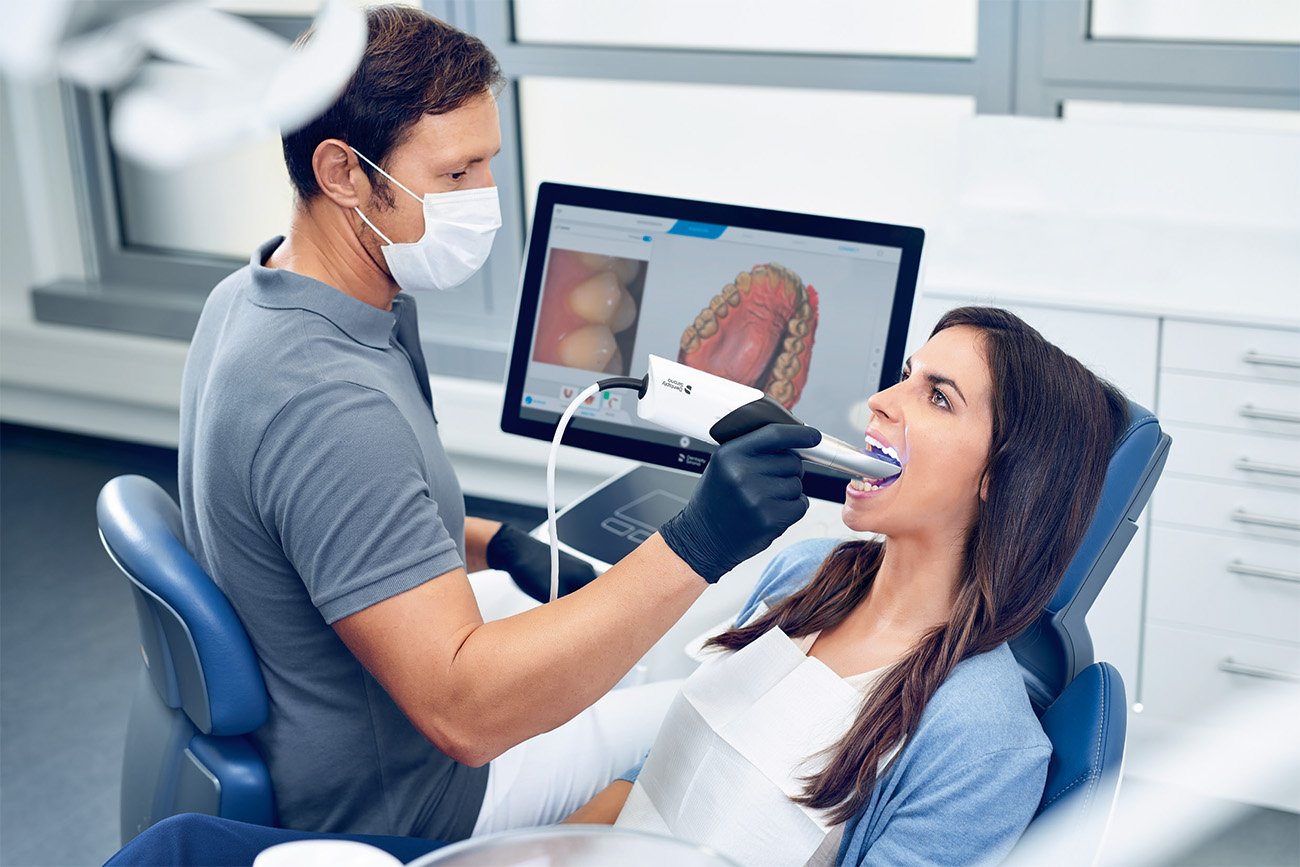
Dates, Speakers, Venue of the Course
17 - 18 -19 October 2024
Dr. R. Molinari, Odt. F. Rossini
Sanitas (MN)
21 - 22 - 23 November 2024
Dr. R. Molinari, Odt. F. Rossini, Odt. F. Zanini
Sanitas (MN)
12 - 13 - 14 December 2024
Dr. R. Molinari, Odt. F. Rossini, Odt. F. Zanini
Sanitas (MN)
6 - 7 - 8 February 2025
Dr. R. Molinari, Odt. F. Rossini
Dentsply Sirona Academy (VR)

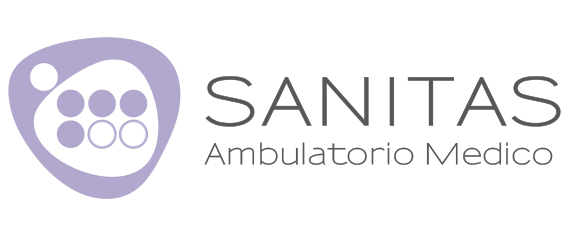
The course
OBIETTIVI
The aesthetic evaluation of the patient must always be the starting point of a clinical study even in functional cases.
Therefore the prosthesis must be seen as the final objective of a more or less long and complex therapeutic path, composed by different materials but with the single purpose of giving the patient an appropriate aesthetics and function. At the same time, the objective of professionals is increasingly the simplification of the work process, or, on one hand reducing the time in the chair, which means reducing the general costs of the therapy, on the other hand giving the possibility to all clinicians, even with little experience, to be able to complete even complex cases. The course will also involve analog clinicians and dental technicians, through sharing of methods, materials and techniques aimed to demonstrate digital processes as an alternative and as preparatory work tools to achieve the creation of an adequate aesthetic and functional prosthesis.
WHO IS IT FOR:
- Clinicians who wants to acquire a simplified prosthesis protocol, effective on both natural teeth and implants
- And to their dental technicians who wants to acquire the most modern analog-digital prosthesis management methods, from wax-up diagnostis to the creation of simple and complex prosthesis products.
SCHEDULE
The course is divided in 4 meetings of 3 days each; at every meeting there is a practical session during which all trainees will have to apply their work processes shown during the course by the speaker in front seat or Live with the patient.
ABSTRACT
The topic of this course is dedicated to prosthesis dentistry on natural teeth and implants.
This course has the fundamental objective of comparing the two paths of prosthesis dentistry: the traditional one with the digital one, giving the possibility to customize your own workflow by selecting the most suitable path that best suits your habits and organization .
- Frontal activity: all the concepts and protocols necessary to plan and implement prosthesis cases will be analysed,
- Live activity: the speaker will show the techniques applied to a real case,
- Practical activity: each participant will have the opportunity to apply the various protocols directly on the simulator.
- Presentation of the case: in the 4th meeting each participant will show a case.
During these various meetings will be evaluated the main prosthesis therapies and their planning, passing from the creation of simple cases to the management of complex cases.
The digital and analogical paths will be compared by analyzing the advantages and disadvantages of the two different approaches.
Each prosthesis treatment operated during live activities will have two functional and aesthetical purposes but always with biological respect for soft tissues and dental tissues.
A JOURNEY TOGETHER
Between one meeting and another it will be possible to communicate with the speakers at any time by sharing with the whole group of participants through a common platform, their doubts, questions, or inconveniences that may arise during the application of the protocols learned during the conduct of the various meetings. Our goal is to fully share our work protocols to all participants, so that they themselves are able to apply during their daily practice.
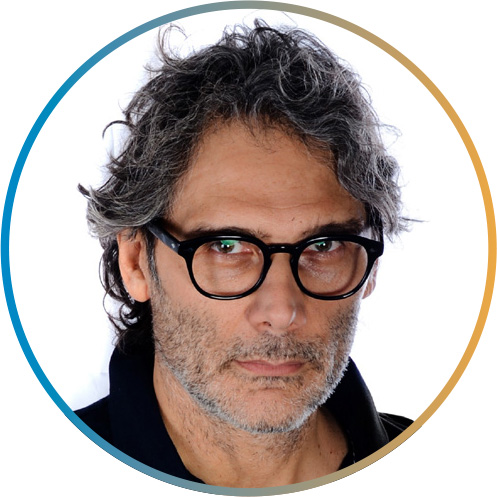
Dott. Roberto Molinari
Dr. R. Molinari obtained his dental technician diploma in 1986; afterwards he graduated in dentistry and dental prosthesis with honors at University of Bologna in 1993. After training with the most authoritative experts in modern dentistry, he became specialized in periodontics, implantology and aesthetic prostheses. He holds courses for dentists on the correct use of CAD/CAM techniques on natural teeth and implants and participates as a speaker at international congresses. Founding member of AIOD, Member of the Peers board, active referent as international Key Opinion Leader for Dentsply Sirona in relation to CAD-CAM techniques, and for Zeiss in relation to micro-dentistry.
He lives in Mantua where he has his dental practice.
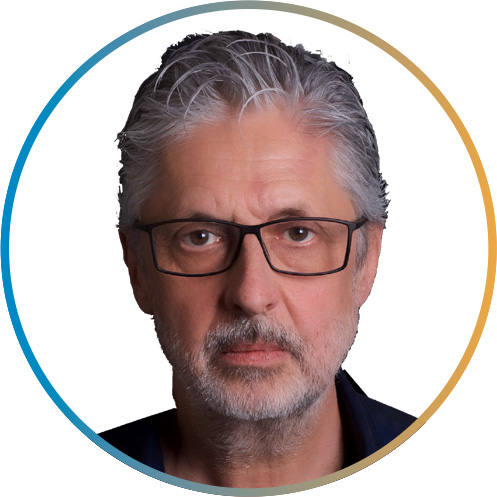
Odt. Franco Rossini
Graduated as Dental technician in 1978 at the E. Fermi Institute in Este (PD), where since 1983 he has been the founding owner of the Rossini Dental Laboratory. Founding member of A.N.T.L.O. Veneto, with the role of Cultural Manager. Member of the Study Group of Prosthesis Dentistry "Porta Mascarella" (BO). He attends numerous specialization courses in Italy and abroad, with various speakers including A. Tanaka, P. A. Fichter and M. Chiodini. Participate in study groups for the development of some of the best known dental ceramics. In 1993-1994 he attended the two-year course in Fixed Prosthesis, with Dr. Gianfranco Di Febo and Dental Technician Roberto Bonfiglioli (Bologna). In 1998-1999 he attended the course on Stratification Techniques at the Dental Laboratory of Dental Technician Willy Geller, Zurich (Switzerland). Active member of A.I.O.P. since 2000; Director of the Dental Technician Section A.I.O.P. in the two-year period 2005 - 2006. In 2006 he attended the Aesthetics and Integral Ceramics Course at Dental Technician Laboratory Gerald Ubassy, Avignon (France). From 2007 to 2012 he was a member of the A.I.O.P. Active Member Acceptance Commission. From 2010 to 2012 he attended the Master in Leadership on Performance Strategies & Time Management. In the laboratory, he is mainly dedicated to aesthetic reconstructions in metal-ceramic, metal-free on natural teeth and on implants.
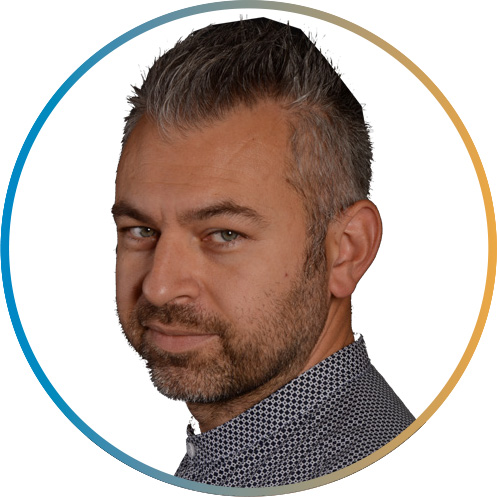
Odt. Federico Zanini
Graduated as Dental technician in 2000 at the E. Fermi Institute in Este (PD).
In 2003 he begans his collaboration at Rossini Franco Dental Laboratory in Este specializing in immediate loading with the single model technique. In 2018 he became an associate of Dental Technician Franco Rossini. In 2014 he attended the course on layering techniques on Toronto bridge by the Dental Technician Jungo Endo at Non Solo Denti dental laboratory in Trento. In 2015 he attended the aesthetics course of Dental Technician Nondas Vlachopoulos at Rossini Franco Dental Laboratory. Also in 2015 he attended the course on ceramicization techniques of Dental Technician Claude Sieber at Rossini Franco Dental Laboratory.
Since 2013 he has been an ordinary member of the Italian Academy of Prosthesis Dentistry.
In laboratory, he is mainly dedicated to aesthetic reconstructions in metal-ceramic, metal-free on natural teeth and on implants.
The Course Program
Program October 17 - 18 -19, 2024
Dr. R. Molinari, Dr. F. Rossini
JOINT SESSION FOR DENTISTS AND DENTAL TECHNICIANS
Photo/Video: all the necessary information for taking appropriate photos and videos.
- Shooting technique and photo setup
- Macro photography in dentistry
- Editing of photographic shots
- Optimizing the use of your patients' shots to surprise them
Aesthetic Treatment in Fixed Prosthesis: Ideal References, Study of Aesthetic Parameters, Digital Smile Design.
- The ideal smile: parameters, lines, and reference planes
- Digital Smile Design as a tool for aesthetic and functional evaluation of the patient's smile
- Aesthetic parameters of the face, gums, and teeth
- Facial, dento-labial, phonetic, and functional analysis
- Reference planes for prosthodontic design
Functional Treatment in Fixed Prosthodontics: Vertical dimension, canine guidance, incisal guidance, occlusal patterns, TMJ, muscles, and joints.
- Overview of functional anatomy for achieving "prosthesis stability"
- Electromyography: measuring muscle activity
- TMJ: understanding oro-facial pain
- Functional analysis starting from aesthetics: functional DSD
- Changing the vertical dimension: guidelines
- Occlusion on natural teeth and implants
- Registration techniques
Digital and Conventional Wax-Up: Creating the Master Model and Silicone Index. (There will be a plenary session for general concepts on this topic, followed by a separate session for technicians on transferring information from DSD to the model, morphology, waxing, and silicone index production.)
- Step-by-step digital wax-up
- 3D model printing
- Creating the silicone index
SESSION DEDICATED TO DENTISTS
Mock-Up: How to achieve the best result for the final aesthetic and functional simulation by choosing the correct technique.
Principles of aesthetic and functional morphology and transferring these concepts to analog waxing on gypsum models.
- Direct Mock-Up and Digital Mock-Up
- Conventional Mock-Up: Silicone index technique and wax-up
- Skin technique Mock-Up and Mock-Up performed with a standard silicone index
SESSION DEDICATED TO DENTAL TECHNICIANS
Principles of aesthetic and functional morphology and transferring these concepts to analog waxing on gypsum models.
- Principles of aesthetic and functional morphology
- Waxing technique on frontal teeth
- Waxing technique on lateral-posterior teeth
- Simplified waxing technique using preformed wax veneers
- Simplified waxing technique by copying preformed models
- Practical part - each dental technician participant will create an analog wax-up
JOINT SESSION FOR DENTISTS AND DENTAL TECHNICIANS
Practical Session - Individual digital/analog registration, aesthetic and functional diagnostic waxing, silicone index (dentist and dental technician will demonstrate digital face bow registration, transfer to exocad and inLab, and model articulation. Participants will perform face bow registration, face bow blocking, and model articulation.)
- Analog face bow and digital face bow
- Analog vs. digital registration
- Conventional and digital diagnostic waxing
- Mounting in an articulator
Program November 21 - 22 - 23, 2024
Dr. R. Molinari, Dr. F. Rossini, Dr. F. Zanini
SESSION DEDICATED TO DENTISTS
Dental Preparation - This step is arguably one of the most delicate in the entire workflow protocol, and it is necessary to proceed with caution to achieve predictable results.
- Biology and respect for biological width
- Prosthesis margin placement: above the gingiva, at the gingiva, or below the gingiva?
- Biological and biomechanical considerations for dental preparations and prosthesis abutments in relation to the final outcome.
- No-prep, prep-less, or prep? That is the dilemma
- Types of preparations and their indications
- Diverse preparations based on the type of prosthesis to be designed: Veneers, Occlusal-buccal veneers, Crowns, Tabletops, Inlay, Onlay
- Build-up, repositioning of the cervical margin, and immediate hybridization of the dentin
- Preparation starting from the mock-up
- Preparation in the digital workflow
- Silicone index to check preparation and spaces
- Magnification in micro-dentistry
- Preparation control with digital tools
- Gingival retraction systems: two-cord technique, 1 cord + retraction paste
SESSION DEDICATED TO DENTAL TECHNICIANS
Dental Preparation - This step is arguably one of the most delicate in the entire workflow protocol, and it is necessary to proceed with caution to achieve predictable results.
- Gypsum models: general concepts and concepts of alveolar model technique and its preparation
- Practical demonstration by the speakers regarding the creation of the alveolar model, gypsum stump preparation, and refractory duplication
- Concepts of the refractory model technique
- Concepts of the technique using platinum foil for aesthetic restorations (veneers)
- Practical demonstration by the speakers regarding the layering technique of 4 veneers, surface texture finishing, and adaptation to the master model
- Practical part - each dental technician participant will create an analog wax-up
JOINT SESSION FOR DENTISTS AND DENTAL TECHNICIANS
Conventional vs. Digital Impressions - two methods so different but with the same goal: obtaining an accurate master model
- Conventional imprint: general concepts
- Imprinted materials
- Individual imprint trays
- Digital imprint: general concepts
- Intraoral scanner
- Prosthesis planning software
- Chair-side and lab-side workflow
Provisional and Integrative Therapies
- From provisional prosthesis to definitive prosthsis: conventional impressions and transfer techniques: cross-mounting in conventional and digital workflow compared
- Rebasing and refining of the provisional prosthesis
- The provisional prosthesis as a prototype for the definitive work
Materials - Guidelines for the correct selection of final materials for the production of partial and complete prosthesis devices
- Impression materials
- Ceramics and hybrid materials
- Composites
- PMMA and acrylic resin
Program December 12 - 13 - 14, 2024
Dr. R. Molinari, Dr. F. Rossini, Dr. F. Zanini
JOINT SESSION FOR DENTISTS AND DENTAL TECHNICIANS
General Concepts of Biology and Biomechanics
- Biology and respect for biological width: connective tissue, junctional epithelium, and oral epithelium
- The role of implant connection and prosthesis components in restoration integration: external and internal connections (Flat to Flat, Self-Locking, Morse Taper, Platform Switching)
- Optimizing the biological integration of the restoration: how to reduce marginal bone remodeling and enhance soft tissue healing
- The "one abutment one time" concept: biological and clinical implications
- Management of emergency profile: clinical implications
- Designing the implant emergency profile through a biologically guided approach
- The role of soft tissue thickness in integration and stability of the restoration
- Immediate and delayed loading: clinical and biological considerations
- Screw-retained, cemented, and conometric prosthesis
Planning Simple and Complex Cases in the Anterior Sectors
- Implant-prosthesis planning for anterior sectors (single tooth and bridges): surgical management (bone and soft tissue), provisional and definitive prosthesis; Digital vs. Conventional management
- Correct impression techniques to replicate implant position and tissue morphology: Analog vs. Digital
- prosthesis components and mesostructures: Custom abutments, Stock abutments, and Milled Mesostructures
- Comparing prosthesis materials: Ceramic Abutments and Frameworks vs. Metal-Based; Vertical dimension increase in implant prosthesis: indications and limitations
SESSION DEDICATED TO DENTISTS
Planning for Complete Edentulism Cases
- Implant-prosthesis planning for completely edentulous patients: Operating digital protocol vs. conventional techniques
- Transferring clinical information from provisional to definitive
- The prototype plays a strategic role in determining the function and aesthetics of complex cases
- Toronto bridge and Natural bridge: materials and execution methods compared
SESSION DEDICATED TO DENTAL TECHNICIANS
Principles of Aesthetic and Functional Morphology Applied to Analog Waxing
- Concepts of provisional prosthesis fabrication
- Cross-mounting in articulator and provisional duplication
- Creating the prototype and its clinical and laboratory significance
- Production of the mesostructure: casting vs. milling
- Practical demonstration of layering techniques of a White and Pink Toronto bridge in metal/ceramic
Program February 6 - 7 - 8, 2025 Dr. R. Molinari, Dr. F. Rossini
JOINT SESSION FOR DENTISTS AND DENTAL TECHNICIANS
During the fourth meeting, participants will demonstrate a case managed using the methodologies explained during the course
- Review of previous topics
- Possible presentation of innovations by the instructors and/or industry specialists
Sign up / Request information
Cost of the course €5,000
The course has a maximum of 12 participants
and a minimum of 6 for activation.
METHOD OF PAYMENT: BANK TRANSFER
Specifying as causal: DIGITAL PROSTHESIS PATH
Bank transfer made out to:
SANITAS SRL – Iban Code IT37P0707611500000000301650
